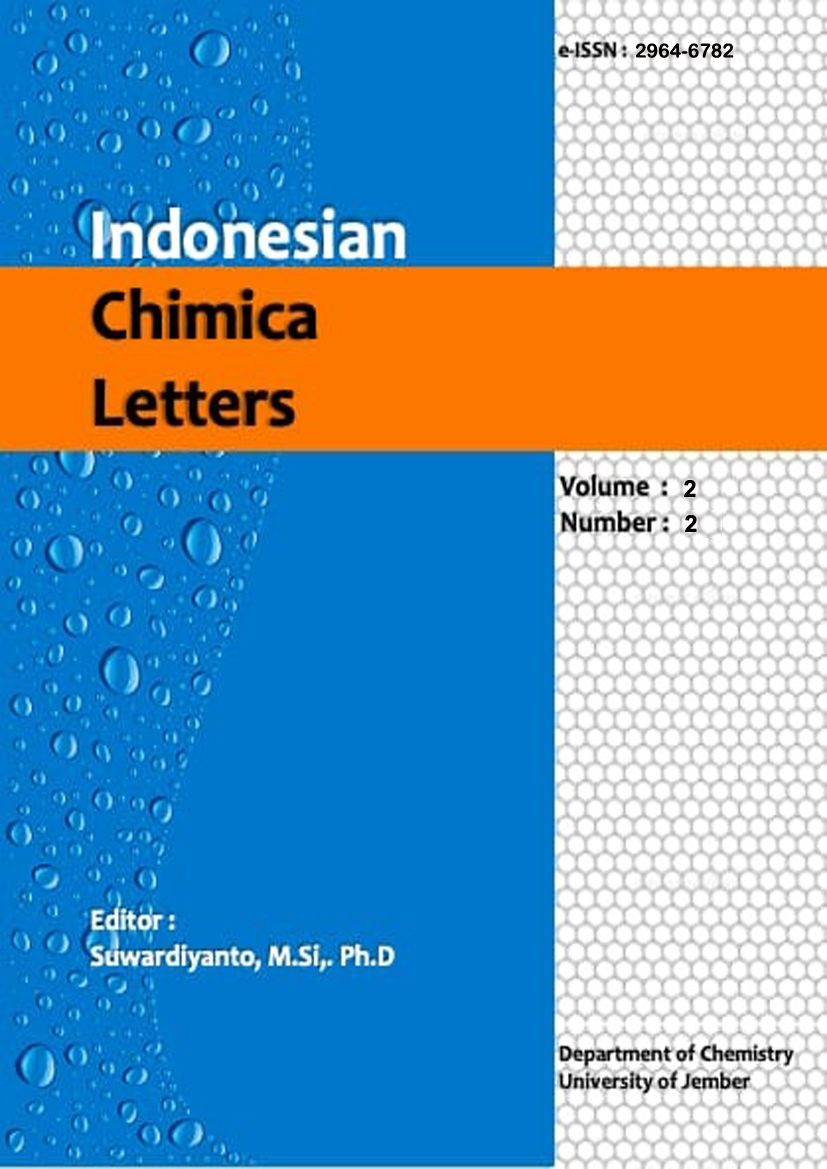The Influence of Cellulose Acetate Concentration for Ultrafiltration Membranes
DOI:
https://doi.org/10.19184/icl.v2i2.5618Keywords:
cellulose acetate, flux, immersion, rejection coefficient, ultrafiltrationAbstract
Separation process using a membrane is a common method used in many fields. The objective of this research is to find out the influence of polymer concentration on the physical properties and performance of cellulose acetate as an ultrafiltration membrane. The cellulose acetate membrane is made by phase inversion technique. This technique is carried at by dissolving cellulose acetate in a range of concentration (18%, 19%, 20%, 21%, and 22%) in the solvent (acetone/DMSO = 15%/60%) and DMP as additives (3% mL). Then the mixtures homogenized and added PEG400 for 10% of cellulose acetate concentration (% w/w), strired ± 12 hours left in place until the buble disappeared. Then the dope solution is printed the glass plate, evaporated for 3 minutes, and immersed in a coagulation bath containing 5% acetone. The results suggest that the greater the concentration of cellulose acetate membrane increase the number density while the swelling degree decrease. The performance of the membrane showed that the greater concentration of cellulose acetate will water of flux the membrane decrease and rejection coefficient increase. Cellulose acetate membrane by varying the concentration of 21% and 22% included in the classification of ultrafiltration membranes for rejection coefficient value (90,37% and 91,43%) 90% may rejection by a membrane.



